Discover Premium Ivory Board Paper for Quality Printing and Folding Solutions
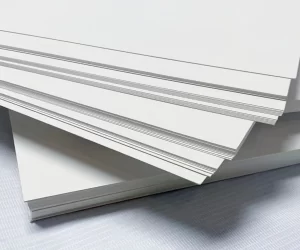
What is Ivory Board and How is it Used in Packaging?
Understanding the Basics of Ivory Board Paper
Ivory board paper, often referred to simply as ivory board, is a type of high-quality paper known for its smooth surface and stiffness. This paper is made from wood pulp and is available in both coated and uncoated varieties. Coated ivory board, specifically, has a layer of coating that enhances its whiteness and provides a glossy finish, making it ideal for printing vibrant designs. Its robust structure allows it to fold neatly without compromising strength, ensuring that your packaging looks professional and stays intact during transportation. The versatility of ivory board makes it suitable for various industries, including cosmetics, food packaging, and promotional materials.
The Benefits of Using Coated Ivory Board in Packaging
When it comes to packaging solutions, coated ivory board stands out due to its exceptional benefits. One of the primary advantages is its superior printing quality, enabling businesses to produce eye-catching designs that attract customers. The high whiteness level of coated ivory board ensures that colors appear vibrant and true to their original design. Additionally, its stiffness allows for the creation of sturdy boxes and displays that maintain their shape, making it an excellent choice for folding box board (FBB) applications. Whether you are designing packaging for luxury cosmetics or high-end electronics, coated ivory board will elevate your product presentation.
Common Applications of Ivory Board in Various Industries
Ivory board is utilized across a wide range of industries, each benefiting from its unique properties. In the cosmetic sector, for example, ivory board is used for packaging that requires a premium look and feel, such as boxes for skincare products and makeup items. Its strength and ability to hold intricate designs make it perfect for business cards that leave a lasting impression. Furthermore, food-grade paper options ensure that products remain safe and appealing. The versatility of ivory board paper extends to retail displays, greeting cards, and even promotional materials, showcasing its ability to adapt to diverse packaging needs.
Datasheet of Ivory Board We Offer
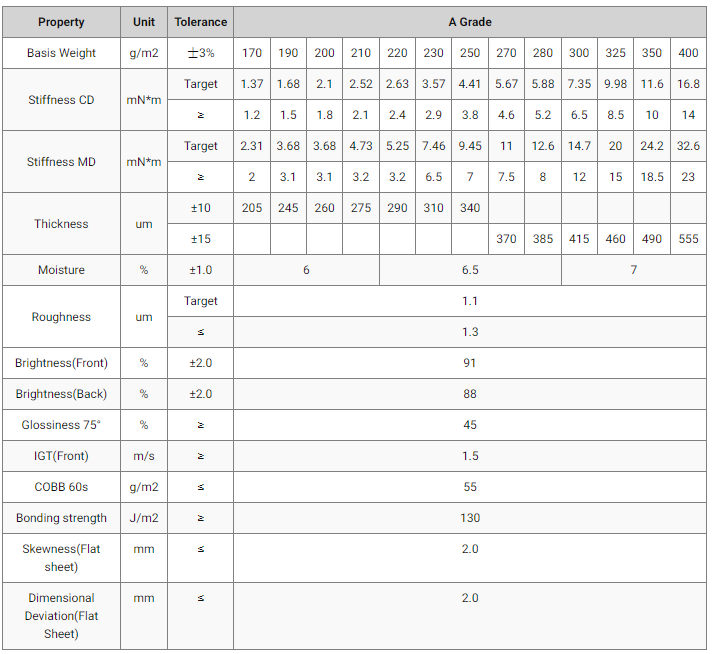
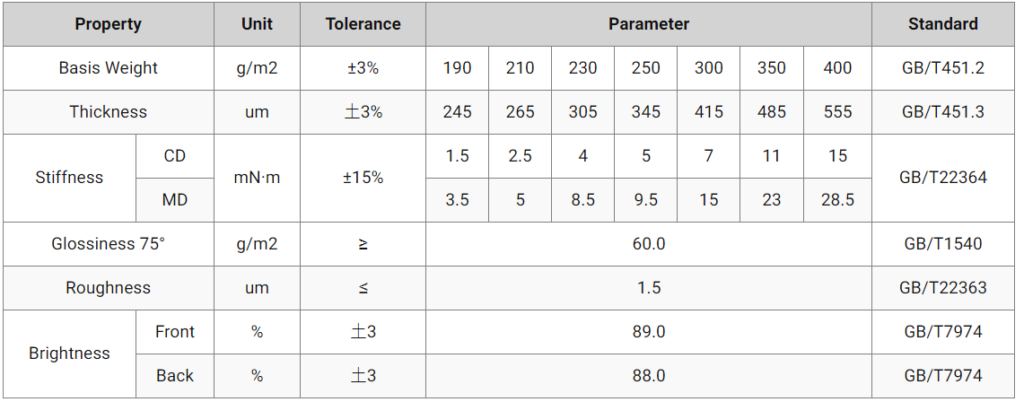
What are the Specifications of Ivory Board Paper?
Key Features of Coated and Uncoated Ivory Board
Understanding the specifications of ivory board paper is crucial for selecting the right product for your project. Coated ivory board typically features a smooth, glossy finish that enhances visual appeal while uncoated options offer a more natural look and feel. Both types provide excellent printability, but the choice between them depends on the desired aesthetic and functionality. Key features to consider include weight, thickness, and stiffness, as these elements influence the overall quality and durability of the packaging. Coated ivory board is often preferred for high-end applications, while uncoated options are ideal for more rustic or eco-friendly designs.
Exploring the Different Types of Ivory Board: GC1 and C1S Ivory
Among the various types of ivory board, GC1 and C1S ivory board paper are commonly used in the industry. GC1 ivory board is designed for printing on one side and is ideal for applications where the reverse side will not be visible. In contrast, C1S ivory board offers a coated surface on one side, providing a smooth, glossy finish that enhances printing quality while leaving the other side uncoated. This versatility allows businesses to choose the type of ivory board that best meets their packaging needs, whether for promotional materials, food packaging, or luxury items.
Understanding the Pulp Composition in Ivory Board Production
The pulp composition of ivory board plays a significant role in determining its quality and performance. High-quality ivory board is predominantly made from wood pulp, ensuring durability and strength. The pulp is processed to create a fine base paper, which is then coated to enhance properties such as whiteness and printability. By understanding the composition, businesses can make informed decisions regarding their packaging needs, ensuring they select ivory board that meets their specific requirements for stiffness, folding capabilities, and overall appearance.
How Does the Coating Affect the Performance of Ivory Board?
The Importance of Coating in Enhancing Whiteness
Coating plays a pivotal role in the performance of ivory board paper, particularly when it comes to enhancing whiteness. The application of a coating not only increases the brightness of the paper but also provides a smooth surface ideal for high-quality printing. This is especially important for businesses looking to create packaging that stands out on shelves. A brighter ivory board can significantly elevate the perceived value of the product, making it more attractive to consumers. Opting for coated ivory board ensures that your packaging will have the professional finish necessary to compete in today’s market.
Comparing PE Coated and Uncoated Options
When considering ivory board for your projects, you may encounter both PE coated and uncoated options. PE coated ivory board features a polyethylene coating that provides an extra level of protection against moisture and grease, making it an excellent choice for food packaging and products that require additional durability. Uncoated ivory board, on the other hand, may be preferred for applications that demand a more natural look or where printing is done on the uncoated side. Understanding the differences between these options will help you select the right ivory board to meet your packaging requirements effectively.
How Coating Influences Printing Quality on Ivory Board
Coating is a critical factor that influences the printing quality on ivory board. A well-coated surface allows for sharper images and more vibrant colors, ensuring that your branding and designs are represented accurately. This is particularly important for businesses looking to make an impactful statement with their packaging. The choice of coating can also affect drying times and the overall durability of printed materials, making it essential to choose an ivory board that aligns with your printing technology and desired outcomes.
How to Choose the Right Ivory Board for Your Project?
Factors to Consider When Selecting Ivory Board Paper
Choosing the right ivory board paper requires careful consideration of several factors. Begin by assessing the purpose of your packaging and the type of products it will hold. Consider the weight and thickness specifications, as these will impact the durability and stiffness of the final product. Additionally, think about the printing process you will use and whether you need coated or uncoated options. It’s also essential to evaluate your budget and determine whether bulk orders or custom solutions are necessary for your project.
Understanding Weight and Thickness Specifications
The weight and thickness of ivory board paper are key specifications that affect its usability and performance. Weights are typically measured in grams per square meter (GSM), with higher GSM indicating a thicker and sturdier paper. For applications requiring more stiffness, such as packaging for fragile items, selecting a heavier weight is advisable. Conversely, lighter weights might be suitable for items like business cards or lightweight packaging. Understanding these specifications will help you choose the right ivory board that meets both aesthetic and functional requirements.
Customization Options for Ivory Board Packaging Solutions
Customization is a significant advantage when working with ivory board for packaging solutions. Many suppliers offer options for size, shape, and finish, allowing businesses to create unique packaging that aligns perfectly with their branding. Whether you need specific dimensions for a folding box or a unique coating for enhanced appearance, customization options provide the flexibility necessary to meet diverse project needs. Collaborating with a reliable supplier can help you navigate these options effectively and create a packaging solution that stands out.
Applications of Ivory Board Paper
Ivory paper is suitable for a variety of projects, including:
- Wedding Invitations; Business Cards; Art Projects; Packaging for Luxury Products; Personal Stationery
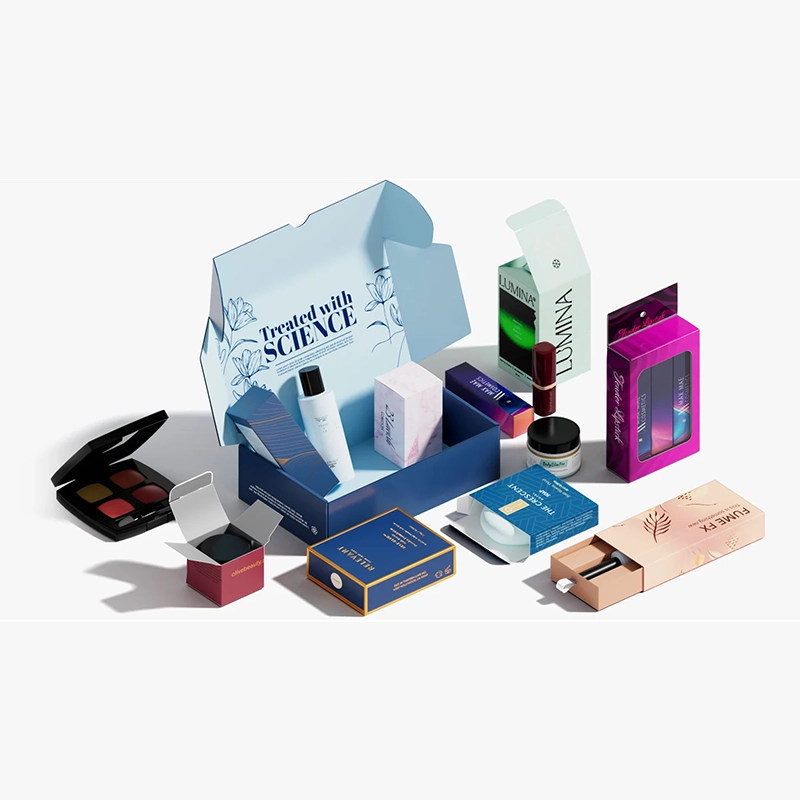
Packaging:
Ideal for creating sturdy, attractive packaging for products, including luxury goods, cosmetics, food, and beverages.

Printing
Perfect for high-quality printing projects such as brochures, business cards, catalogs, and marketing materials.
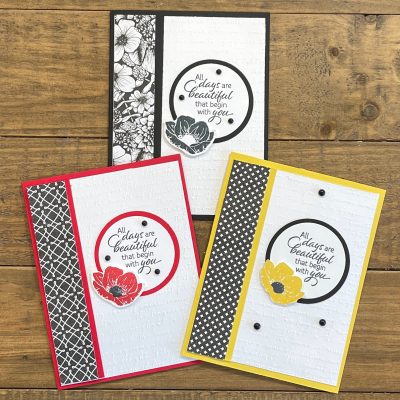
Crafting
Used in various crafting projects like card making, scrapbooking, and DIY decorations.

Stationery
Suitable for premium stationery items including letterheads, invitations, and greeting cards.
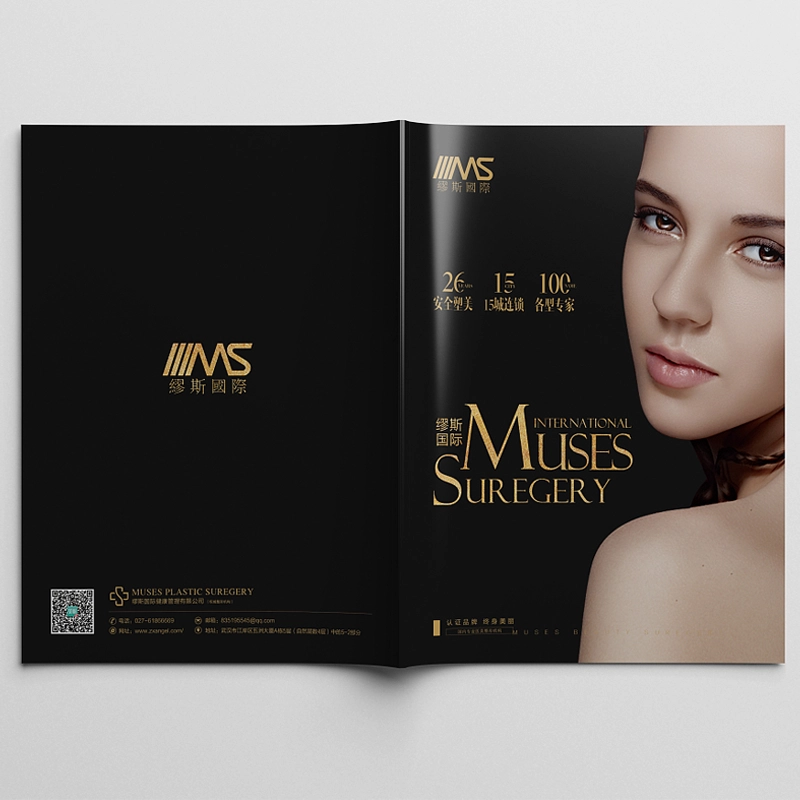
Book Covers
Provides a durable and aesthetically pleasing option for book covers and binding.
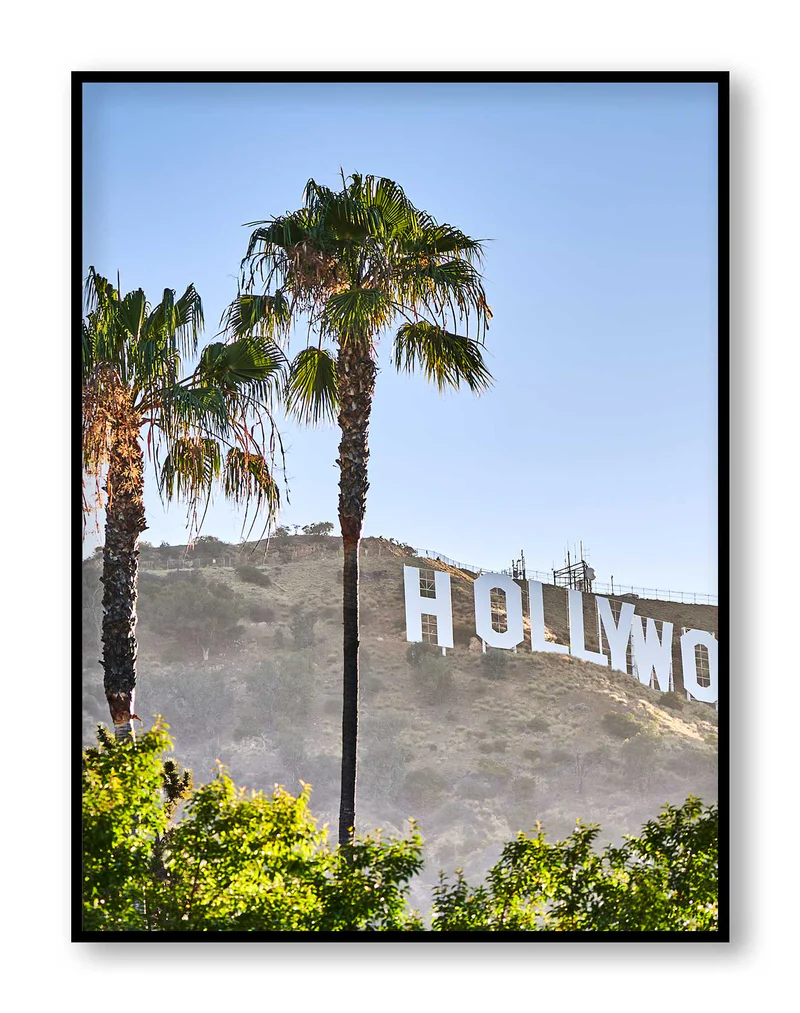
Art and Photography
Serves as a premium substrate for art prints and photographic reproductions.
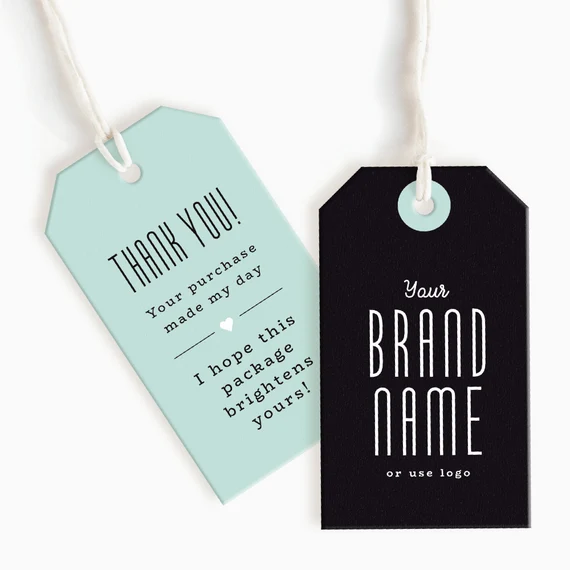
Labels and Tags
Used for producing high-quality labels and tags for various products.
Tips for Using Ivory Paper
To get the most out of your experience with ivory paper:
- 1. Experiment with different textures and finishes.
- 2. Choose the appropriate weight for your specific application.
- 3. Explore design techniques like embossing or foiling.
- 4. Pair ivory paper with complementary colors and materials.
- 5. Get creative with your use of ivory paper in various projects.
Final Impressions
Ivory paper is a versatile and elegant choice for both personal and professional use. By understanding its benefits and learning how to effectively incorporate it into your projects, you can elevate the presentation of your designs and create something truly special. Consider using ivory paper in your next project to experience its timeless appeal.

